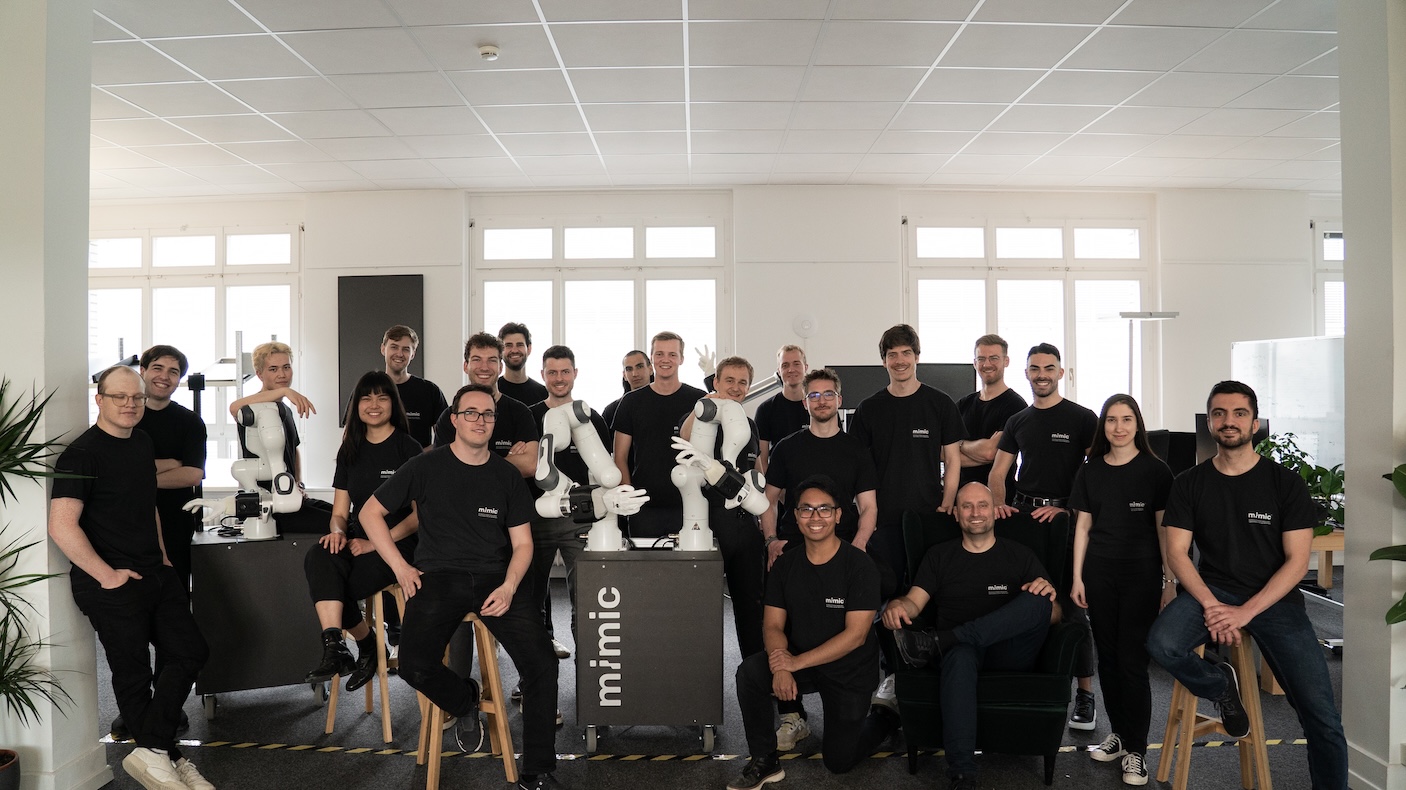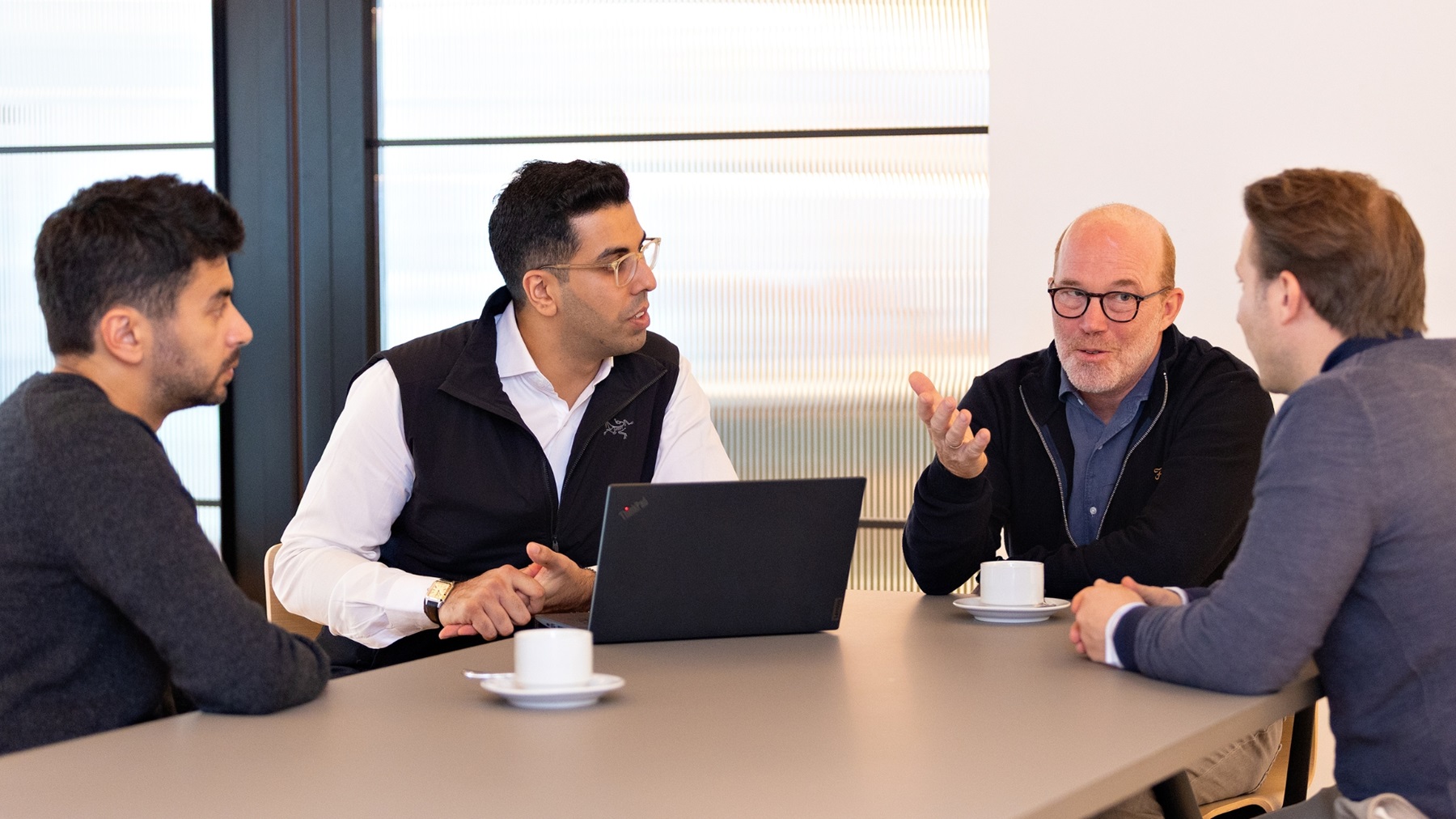Why Your Startup Needs a Community Manager (and How to Use Them)
People want to establish a long-term relationship with their favorite brands. But for many founders, the focus is on building a solid business. Establishing a community around the business is often an afterthought.
But how does a “community” even relate to your business? First off, a startup’s community generally consists of your client base, investors, like-minded entrepreneurs, and product users. And as your startup grows, establishing this community for your business will become essential. But successfully managing a community alongside all of the other founder-related responsibilities can be overwhelming.
That’s where the Community Manager (CM) comes in. A good CM keeps people invested in your business long after the initial handshake. The CM runs networking events and manages newsletters, social media posts, brand partnerships, and more. They might not be your first hire, but they’re an important hire. So let’s break down what exactly the role of a CM is, why you should hire one, and what qualities you should look for in a candidate.
What is the role of a Community Manager?
The role of a Community Manager can be ambiguous and vary depending on the environment. One essential responsibility is to play an important role in the overall connection between a business and how they are keeping their clients engaged. I like to think of them as the human API of the company.
A good CM creates a sense of belonging for anyone invested in your business. The work doesn't stop after investment. You have to continually manage the relationship to retain customers. The CM should foster an environment around your business that makes people want to come and hear what you have to say, which will naturally build trusting relationships with your community.
Depending on the size of the company, team and their objectives, the job of a CM can fluctuate significantly from managing social media and copywriting to responding to customer queries and hosting events. They can be entirely focused on one aspect of the role or have a more widespread focus on different initiatives within the company.
Who should you hire for Community Manager?
The Community Manager is a role where extroverts can really shine! You need someone agile and able to think on their feet; someone who thrives in social situations and is not afraid to make bold moves. Those characteristics enabled me to convince Google for Startups and Hubspot for Startups to sponsor our first post-Covid event at the Google offices in Berlin. Some of my best moments as a CM have come from making bold moves and watching great things come from it.
From a client perspective, the CM is the face of your company. The CM needs to be able to communicate with different personality types. Within a portfolio of clients, you will have some people that respond well to big energy and some who prefer a gentler, quieter approach. Your CM will have to be able to read the room and call the shots.
Your Community Manager shouldn’t be a rubber stamp
As in life, you can’t make everyone happy. This is something I struggled with at the beginning of my career as a Community Manager. I was so eager to please, I accepted every community request that landed in my inbox. That’s when I ran into some problems:
- We began over-producing mediocre content (articles and events) with information that could simply be googled. That led to disengagement with certain topics covered in events.
- Participant feedback showed us that our event topics were too broad for our more experienced community members.
- Those experienced members wanted us to create more in-depth content, preferably from experts or their peers in similar or higher positions.
- Sometimes too much is too much. Our community got used to the idea of us hosting two to four events every week and our events lost their novelty.
The CM is most likely the main point of contact between your internal teams and your community. Therefore, the CM should always carry a perspective that’ll allow them to drive initiatives that best fit your community needs.
Find the “why”
What really helped me was stepping back and finding out the “why” behind the events, articles, and learning opportunities we were advertising to the community. Determining the reason you're creating a piece of content and sharing those learning experiences will help you communicate the needs of your community back to the business.
Your CM needs to have a good understanding of how your internal teams view and interact with the community as well as finding out how they want to better connect with your community. Engagement on both sides is essential.
The CM needs to keep everyone in the loop with solid communication. This will help your business grow stronger relationships with potential serial customers. People are most likely to talk about you as a business and invite their friends if they feel heard and supported. What you don’t want to do is copy and paste ideas and expect your community to love it.
Here are some of the strategies I have used to mitigate these issues:
- Label events with a labeling system (beginner, intermediate, advanced) and a description that clarifies the level of detail that will be discussed as well as who the event is for.
- Creating small group workshops that cater to every level of support.
- Segment content and events. This will help to ensure that more experienced members have spaces where they can dive deeper with their peers in certain topics.
- To avoid oversaturation, create boundaries for how many events and pieces of content are running in each quarter. Align with the team so they also have the same goals in mind. That way, if they want to approach the CM with an idea, they already have an understanding of the timeline for the quarter.
- Ensure that you keep the internal team updated on upcoming events and ideas by using your internal organization or calendar tools, like Google Calendar, Notion, or Airtable.
Who is your target audience?
Remember who you are doing it all for. With every event and piece of content, the Community Manager should keep the needs of the community top of mind. A lack of structure means you can run into the trap of producing content irrespective of the challenges being faced by your community.
You may have an idea for an interesting event with an amazing speaker. But if you don’t keep your target audience in mind, the event might be redundant or fall on deaf ears.
I’ll leave you with some tips on what to consider when planning community content:
- If the work is a collaboration piece, focus on partners and speakers who your community actually wants to work with and learn from.
- As always, there will be some who are more engaged with the community than others. Utilize their enthusiasm and get feedback on your content ideas. They are the perfect people to use as sounding boards for content ideas.
- Communicate with your community about the events and content you're considering. This will help you better understand the needs and interests of your community while at the same time providing them with the most relevant opportunities.
If you have any questions or want to learn more about building a community team, then reach out to our Jon Butterfield from our Platform+ team at jon.butterfield@speedinvest.com.













.svg)
